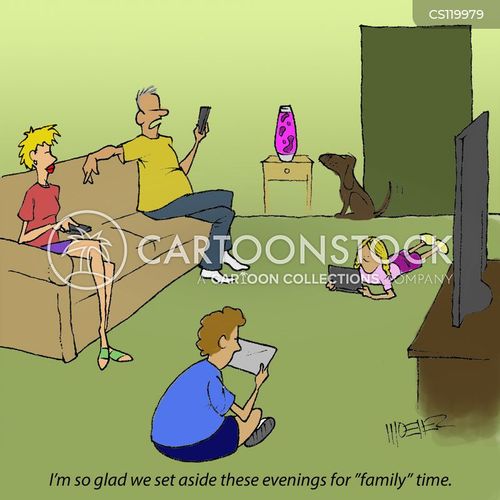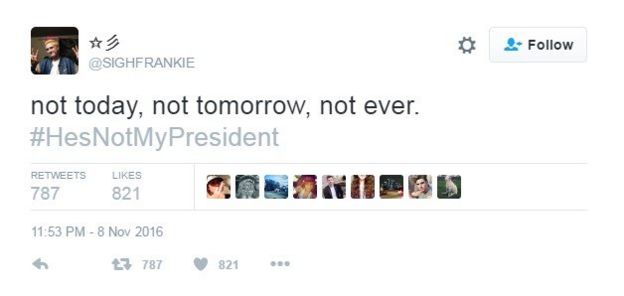
Time Squeezed (Squeezed for Time)
Feeling strained or squeezed for time to complete more and more demands and obligations persistently put on an individual. Having to do more and more with less and less time.
This is a clip from the hit series show “Shameless”, that comes on Showtime movie channel. I found the clip on YouTube and it is also available on showtime.com http://www.sho.com/video/25832/time-management-skills
This is an excellent clip and everyday life example of being time squeezed and harried. The feeling of being overwhelmed with so many things to do and less and less time to do it, is a feeling many individuals go through especially working students. In the clip, Lip ask his boss if he can leave early to go study. This is something that we all have tried to do before in some way and how my grandma would say, robbing Peter to pay Paul. Meaning we try to hurry through one task without full execution and completion of that task, just to get to the next task and the next and it’s a cycle we keep doing and going through until we are burnt out and that’s how we begin to feel stressed and harried.

This clip is significant to the term time squeezed because it is an example that everyone can relate to and it gives a quick solution to the term on how not to be time squeezed. That solution is Time Management Skills, which may seem easy but many people struggle with this skill every day. Having Time Management Skills allows one to organize and keep up with the many things they have to juggle and manage time for. Lip’s boss mentions in the clip planning, as a way to help him. I think planning and prioritizing are very important and efficient ways to stay on top of all your tasks, which relieves the burden of being time-squeezed and harried. It allows you to be more focused and not have to necessarily rush through your time and day. It actually allows you to make the best of your time. Which is the true goal of Time Management. Time is very valuable and essential, it cannot be replaced, and once it’s gone, it’s gone. That is why time management skills is very important to know and to use because it allows you to use the value of your time wisely and beneficial.















